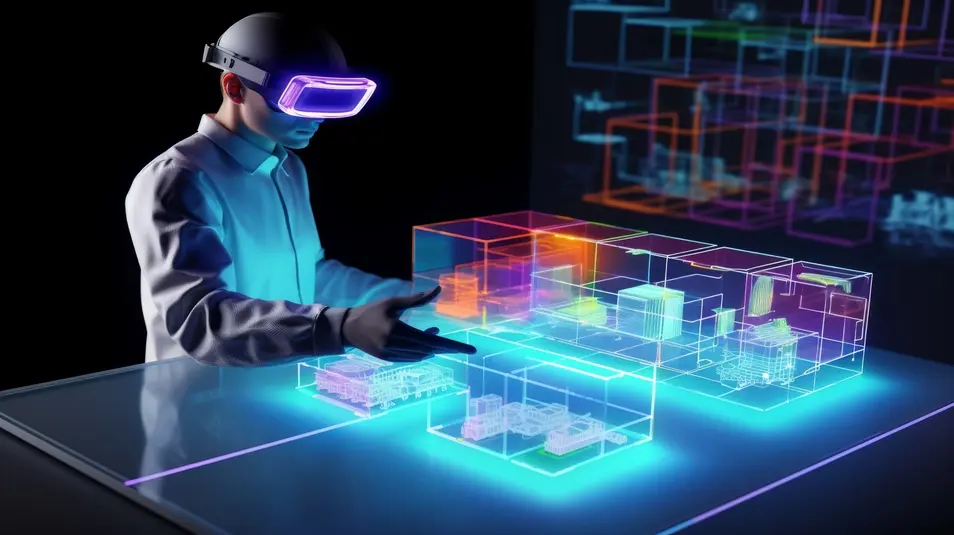
The integration of AI into architecture is creating a significant shift, transforming the ways architects envision, conceptualize, and execute designs. By 2024, Artificial Intelligence’s role in architectural creativity goes beyond mere assistance; it fundamentally alters the creative landscape, encouraging innovation, exploration, and efficiency while redefining traditional workflows.
Enhancing Creativity with AI-Driven Tools
AI’s contribution to architecture extends beyond computational efficiency to significantly enhance human creativity. AI-driven tools, such as generative design platforms, enable architects to explore a vast array of design options.These tools utilize extensive datasets and algorithms to generate and iterate through design alternatives that challenge conventional thinking. This collaboration between architects and AI provides fresh insights and unconventional design solutions. For instance, an Architecture Institute in Mumbai might integrate these AI tools into their curriculum, allowing students to interact with advanced technology early in their careers.
Accelerating Iterative Design Processes
AI’s ability to process large datasets rapidly accelerates the iterative design process. Architects can quickly explore and evaluate multiple design iterations, fostering a culture of experimentation and innovation.
These tools enable the exploration of diverse architectural concepts, encouraging architects to push boundaries and prioritize both aesthetics and functionality. This iterative process is becoming an essential part of the training at many architectural institutes, including a leading architecture institute in Mumbai, which emphasizes the integration of AI into the design process.
Utilizing Data-Driven Insights for Innovation
The blend of AI with architectural creativity heavily relies on data-driven insights. AI algorithms analyze historical project data, environmental parameters, and user preferences, offering architects invaluable insights into design performance and user behavior.
By leveraging these insights, architects can innovate and tailor designs to meet specific user needs while addressing environmental concerns, leading to designs that are not only visually appealing but also responsive to contextual and functional requirements.
Revolutionizing Problem-Solving Approaches
The integration of AI introduces architects to new problem-solving paradigms. With access to AI-driven computational analyses and simulations, architects can predict and evaluate design outcomes under various conditions. Architects can explore unconventional solutions and experiment with design elements confidently, knowing they have AI-enabled tools that provide predictive insights into design performance.
Balancing Human Creativity with AI Assistance
While AI in architecture enhances creativity, its role remains complementary to human ingenuity. Architects must balance AI-generated insights with their creative intuition. AI serves as a tool to amplify, not replace, human creativity. Architects utilize AI’s computational power to expand possibilities, fostering a symbiotic relationship where human expertise guides AI-driven insights toward innovative design solutions.
Promoting Collaborative Design Processes
AI in architecture encourages collaborative design environments by facilitating multidisciplinary interactions. Architects work alongside engineers, data scientists, and other professionals, using AI-driven tools to co-create innovative solutions. These collaborations foster cross-disciplinary exchanges that enrich creative perspectives, resulting in holistic designs that incorporate diverse expertise and address complex architectural challenges. A prime example is how an architecture institute in Mumbai promotes such collaborations, preparing students for a future where AI-driven collaborative processes are standard.
Ethical Considerations and Human-Centric Design
The incorporation of AI in architecture raises ethical concerns related to responsible design and user-centric approaches. Architects must navigate ethical dilemmas involving data privacy, bias in AI-generated designs, and the ethical implications of AI-driven decision-making. Balancing technological advancements with ethical considerations ensures that AI-enhanced designs prioritize user well- being, inclusivity, and ethical practices.
Future Outlook
The future of AI in architectural creativity is filled with potential. AI’s evolution will likely bring more sophisticated tools that seamlessly integrate with architectural workflows, enhancing creativity, efficiency, and sustainability. Architects, equipped with AI-driven insights, will push the boundaries of innovation, fostering a future where creativity thrives alongside technological advancements.
Challenges and Ethical Considerations
While AI presents numerous opportunities, it also poses significant challenges and ethical considerations that architects must address carefully. As of 2024, the adoption of AI in architectural practice has encountered several challenges and ethical dilemmas that require attention and resolution.
Data Privacy and Security
Architects face concerns regarding the privacy and security of data used by AI systems. The vast amount of sensitive architectural data, including designs, client information, and project details, raises fears about unauthorized access, data breaches, and potential misuse. Implementing robust data security measures and encryption protocols becomes crucial to protect sensitive architectural information.
Conclusion
In conclusion, the integration of AI in architecture enhances creativity by providing new perspectives, speeding up iterative processes, and fostering collaborative environments. Architects embrace AI as a creative partner, leveraging its computational capabilities to tackle complex design challenges and redefine the boundaries of architectural innovation. As AI in architecture continues to evolve, architects stand on the brink of a transformative era, where creativity, driven by AI insights, leads to unprecedented architectural achievements.
Why Choose TSAP for Pursuing a Bachelor’s in Architecture?
Selecting the right Architecture Institute is a crucial decision for aspiring architects, and the Thakur School of Architecture and Planning (TSAP) in Mumbai is an outstanding choice. As a distinguished architecture institute in Mumbai, TSAP offers a comprehensive Bachelor’s in Architecture program that spans five academic years or ten semesters, including a six-month practical training period in a professional office. This extensive program ensures that students gain both theoretical knowledge and practical experience, preparing them to excel in the dynamic field of architecture.
Recent Posts
-
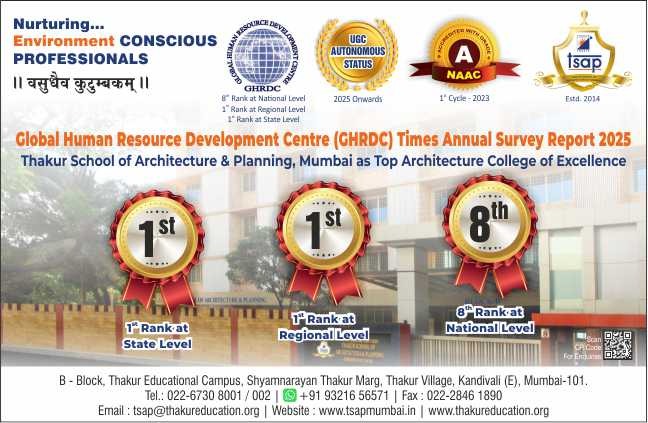 Thakur School of Architecture and Planning Achieves Top Rankings for 202524 Apr 2025
Thakur School of Architecture and Planning Achieves Top Rankings for 202524 Apr 2025 -
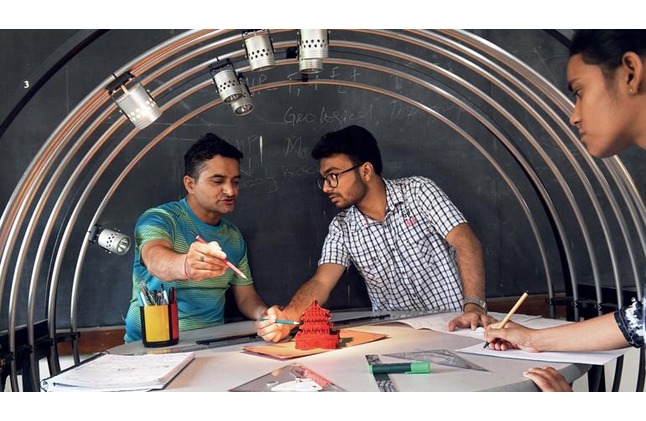 The Evolving Role of Architects in Real Estate Development: A Corporate Perspective18 Apr 2025
The Evolving Role of Architects in Real Estate Development: A Corporate Perspective18 Apr 2025 -
 The Changing Role of Architects in Corporate-Based Real Estate Firms25 Mar 2025
The Changing Role of Architects in Corporate-Based Real Estate Firms25 Mar 2025 -
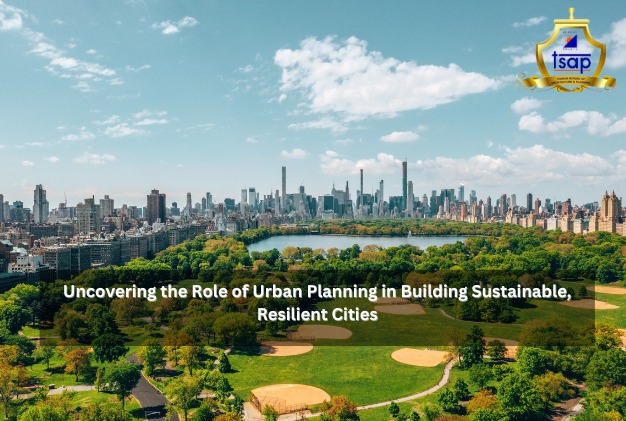 Uncovering the Role of Urban Planning in Building Sustainable, Resilient Cities18 Feb 2025
Uncovering the Role of Urban Planning in Building Sustainable, Resilient Cities18 Feb 2025 -
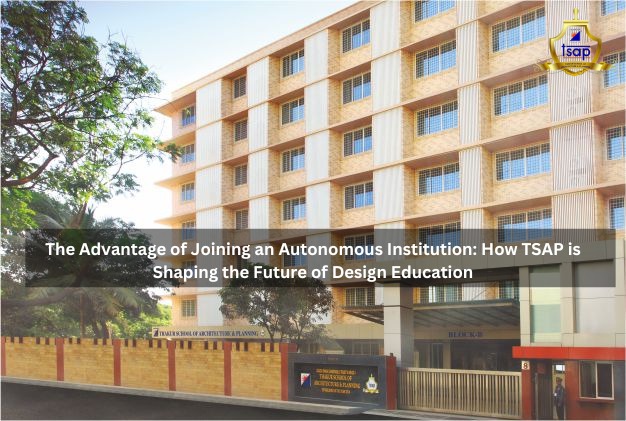 How TSAP is Revolutionizing Design Education with UGC Autonomy14 Jan 2025
How TSAP is Revolutionizing Design Education with UGC Autonomy14 Jan 2025